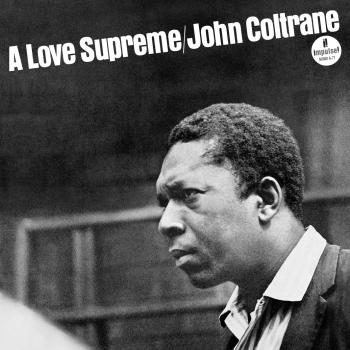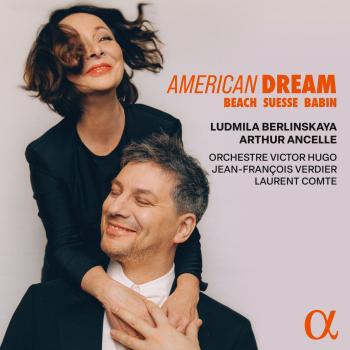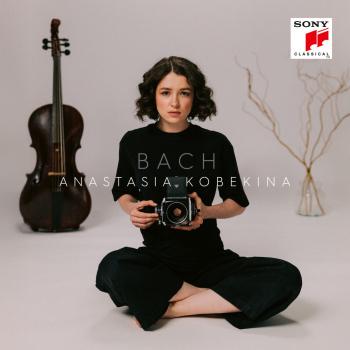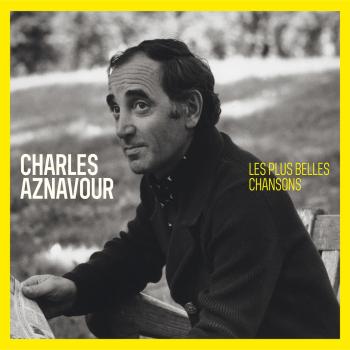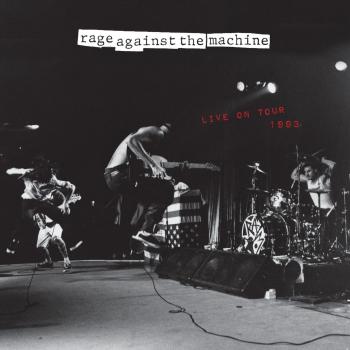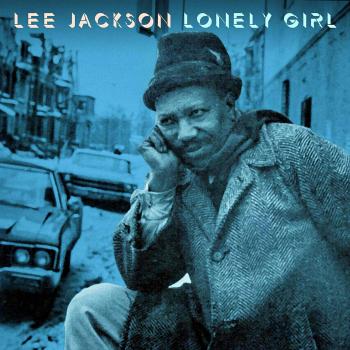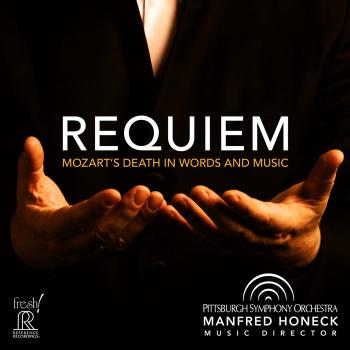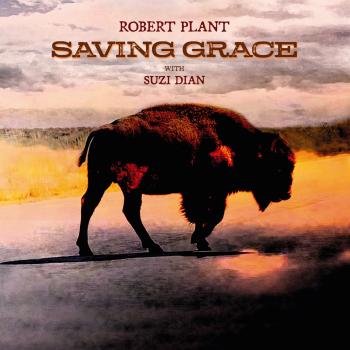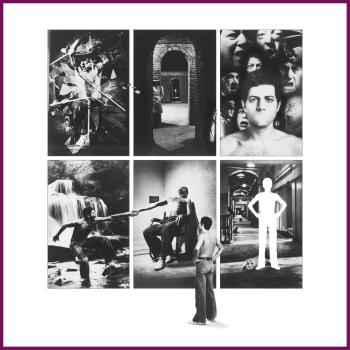
Akio Yashiro: Piano Concerto Takuo Yuasa & Ulster Orchestra
Album Info
Album Veröffentlichung:
2002
HRA-Veröffentlichung:
18.04.2013
Label: Naxos
Genre: Classical
Subgenre: Concertos
Interpret: Takuo Yuasa & Ulster Orchestra, Hiromi Okada
Komponist: Akio Yashiro
Das Album enthält Albumcover
- Piano Concerto
- 1 Allegro animato 12:26
- 2 Adagio misterioso 07:33
- 3 Allegro - Andante - Vivace molto capriccioso 06:49
- Symphony
- 4 Prelude Adagio Moderato 07:26
- 5 Scherzo Vivace 03:56
- 6 Lento 12:40
- 7 Adagio Allegro energico 08:53
Info zu Akio Yashiro: Piano Concerto
Sushi and goulash. Akio Yashiro (1929-1976) stands with Mayuzumi and Takemitsu as the leading proponents of musical Modernism in Japan. To some extent, Mayuzumi and Takemitsu aimed at an integration of Western technique and Japanese 'soul.' Yashiro, deeply influenced by hard moderns like Bartók, Messiaen, and perhaps even Jolivet, did his best to reproduce their kind of music, and I myself find very little evidence of Japanese culture, other than the drive to Westernization, in his work. These pieces could have come from Paris, Budapest, Rio de Janeiro, or New York. This says nothing about their quality, only that their national origin is largely beside the point.
The workmanship astonishes me. One has only to listen to the piano concerto's opening to realize that Yashiro plays Bartók's game at Bartók's level. That is, he builds an exciting first movement over a long span based on two tiny ideas (so small, you can't really call them themes) and makes powerful music besides. The concerto is one of those pieces that grabs the listener in the opening bars and never lets go. One hears echoes of Bartók's first concerto in Yashiro's, but it's more a matter of mood than appropriation. The second movement opens with a master stroke. The soloists plays a C in an irregularly rhythmic ostinato for quite a long time, as the orchestra laments. The ostinato then switches to the orchestra as the piano takes up the lament. The ostinato is seldom absent from the movement, and it climaxes on the timpani and then on the piano in octaves. Yashiro courts the obvious danger of boring overstatement but manages not just to fend it off, but to build almost fevered tension and let it off with grace. The finale, a rhythmic orgy, reminds me a bit of the last movement of Ginastera's first concerto, also influenced by Bartók and written in the previous year. I strongly doubt that Yashiro directly lifted anything. They simply share a Bartókian world. The concerto comes to a fiery end, and I can't of anyone actually sitting still throughout its length.
The four-movement Symphony, written in the composer's late twenties, has the craft but not the assurance or the laser-like focus of the concerto from just four years on. It comes down to a lackluster first movement. One hears many of the same devices in the symphony as in the concerto, but to less effect. For example, the symphony's opening movement uses an ostinato against an 'orchestral singing'—similar to the concerto's second movement. However, neither the ostinato nor the singing involves you as in the later work. Indeed, the symphony picks up only at the eruption of the manic second-movement scherzo (based on the first-movement ostinato, incidentally). Obviously, Yashiro keeps a tight rein over the motific argument, and the argument crosses movements. The liner notes, by Morihide Katayama, are extremely helpful here. What's missing from the first movement is a reason to care. The third-movement Lento, however, is downright gorgeous, with sumptuously voiced strings and brass, as well as lean bits for contrast. This is probably my favorite track on the disc. The Bartók allusions haven't the usual prominence, and one hears a vigorously individual poetry as well as great craft. The finale takes the 'brood-and-explode' strategy of Bartók's Music for Strings, Percussion, and Celesta. I'd expect too much to ask for the power of that masterpiece, but Yashiro still manages to generate a lot of heat in individual episodes. I miss, however, a continuous drive in the material. Too often the music winds down and then restarts. Still, I'm judging Yashiro by the standard he himself has set. This symphony would grace many a catalogue.
Okada plays like a master in the Bart_ian concerto, bringing to mind such eminences as Sandor, Fischer, and Nadas. Under Yuasa, the Ulster Orchestra sounds crisp and powerful without over-inflation, without the Guy-Lombardo-like sweetness one usually got from Bryden Thomson. The most I can say for them is that they make me want to hear more Yashiro. Overall, a winner of an album. (www.classicalcdreview.com)
Hiromi Okada, piano
Ulster Orchestra
Takuo Yuasa, conductor
Digitally remastered.
Akio Yashiro
was born in Tokyo on 10th September, 1929. His father Yukio Yashiro was a leading historian of European fine arts in Japan. He had studied in Italy in the 1920s, and his work on Botticelli had won high esteem, even among European scholars. His mother was a pianist. Brought up in the artistic environment provided by his parents, Yashiro began his piano lessons at the age of five, and, soon turning to composition, became a pupil of Saburo Moroi when he was ten. Moroi had studied in Berlin, and was composing works of absolute music in the form of symphonies, concertos, sonatas, and similar established forms. A great admirer of Beethoven, Moroi believed that the organic and strict development of a motif was all in all in music. From 1943 on Yashiro studied under Qunihico Hashimoto. The modernist Hashimoto introduced his young pupil to Debussy, Ravel and Stravinsky. On the other hand, at Gyosei High School, run by French Catholic monks, where Yashiro had his secondary education, he was trained in the French language.
In April, 1945, towards the end of World War II, Yashiro entered the Tokyo music school, the present Faculty of Music, the Tokyo National University of Fine Arts and Music, and continued to study under Hashimoto. Under the same teacher was Toshiro Mayuzumi, who was later to become the champion of avant-garde music in Japan. Yashiro also joined the Kamakura Symphony Orchestra that Hashimoto conducted, and played the timpani.
In 1946, after Hashimoto had resigned from the Academy as a result of his war-time activities, he and Mayuzumi studied under Tomojiro Ikenouchi and Akira Ifukube, who replaced Hashimoto. Ikenouchi, who had studied under Busser in Paris and respected Ravel, taught his pupils to compose thoroughly polished music with perfect finish, while Ifukube, a pupil of Alexander Tcherepnin, who had particular attachment to ostinato and refrain, taught them precise and powerful orchestration using Stravinsky and Prokofiev for models, as well as inspiring them with a certain conciseness of expression. At the same time Yashiro became a pupil of the pianist Leonid Kreutzer, who had been living in Japan since the 1930s.
In 1951, Yashiro graduated from the Tokyo Academy of Music, and went on to study at the Conservatoire National Supérieur de Musique de Paris. Mayuzumi was with him also at the Conservatoire, but deciding that there was nothing further to learn from French academicism, returned home after a year. To Yashiro, however, who had a kind of perfectionist orientation drilled into him by Moroi, Ikenouchi and Ifukube, and had been inspired with longing for France by Hashimoto, Ikenouchi and his early schooling, study in France proved highly beneficial. He studied under Nadia Boulanger, Tony Aubin, Henri Challan, Noël-Gallon, and Olivier Messiaen, and in 1955, he submitted as his graduation work, which happened to be his only composition from this period, a string quartet in the manner of Bartók. This work was praised by Florent Schmitt, Henri Barraud, and others, and was given its first performance by the Quatuor Parrenin.
After returning to Japan in 1956, Yashiro wrote for documentary films and drama, in this connection in a highly important collaboration with Yukio Mishima in a series of works, while at the same time helping such young composers as Teruyuki Noda, Shin’ichiro Ikebe, Akira Nishimura and many others to develop their talents at the Tokyo National University of Fine Arts and Music. Yet, because of his perfectionism and his belief in less prolific activity as a composer, he was able to write relatively few concert works, as Dukas and Lyadov had done. The only works of this kind he wrote after his return home were a cello concerto, a sonata for two flutes and piano, a piano sonata, and the two works recorded on this disc, a total of five works in all of absolute music. Every one of them, however, was a fine work of art, and together with the string quartet from his French period and some works before that, a violin sonata, a piano trio, and other works, remains in concert repertoire. Yashiro died suddenly of a heart attack on 9th April, 1976.
Yashiro’s Piano Concerto was commissioned by NHK, Nippon Hoso Kyokai, the Japan Broadcasting Corporation, and was composed between 1964 and 1967. It was first heard in a broadcast performance on 5th November, 1967, with Hiroko Nakamura as the soloist and the NHK Symphony Orchestra under the baton of Hiroshi Wakasugi, and was awarded the Odaka Award of the Year. Instituted in commemoration of the composer Hisatada Odaka, the award is the most important prize in Japan given to orchestral works. This work has ever since enjoyed particular favour in Japan among works written by Japanese composers, and has been played several times in the West. Among those who have conducted the concerto are Jean Martinon, Jean Fournet, and Michael Gielen.
The Piano Concerto consists of three movements, and there one can recognize the influence of Bartók, Prokofiev, Jolivet and others, as well as that of a Japanese composer who also studied in France and whom Yashiro regarded as his rival, Akira Miyoshi, notably his Piano Concerto of 1962 and Concerto for Orchestra written two years later. The first movement is marked Allegro animato and is in free sonata form. The piano abruptly starts playing the first theme like an incantation in irregular time, supported by the vibraphone and the strings, with characteristic interjections of two chromatically descending notes on the brass repeatedly thrown in. This is followed by a vigorous quasi-cadenza passage for the piano. Then the flute takes up the meditative first part of the second theme, which is followed by the piano playing the lament-like second part, in cadenza style. The development mainly takes up the first theme but only briefly as if it merely serves as an introduction to the recapitulation. The first half of the recapitulation, taking over from the development, treats the first theme, but with an increasing intensity, until it reaches the climax, which is highly reminiscent of Prokofiev’s Piano Concerto No. 2. The second part of the recapitulation recalls the vigorous quasi-cadenza passage and the second subject group. The second movement is marked Adagio misterioso. The rhythmic pattern of seven notes in three bars in C only is repeated 43 times with a persistence that would overshadow Ifukube and Ravel’s Boléro. The motif of the second part of the secondary theme of the first movement joins in and the movement is brought to a climax, after which the music gradually fades away and is brought to an end.
Dieses Album enthält kein Booklet

